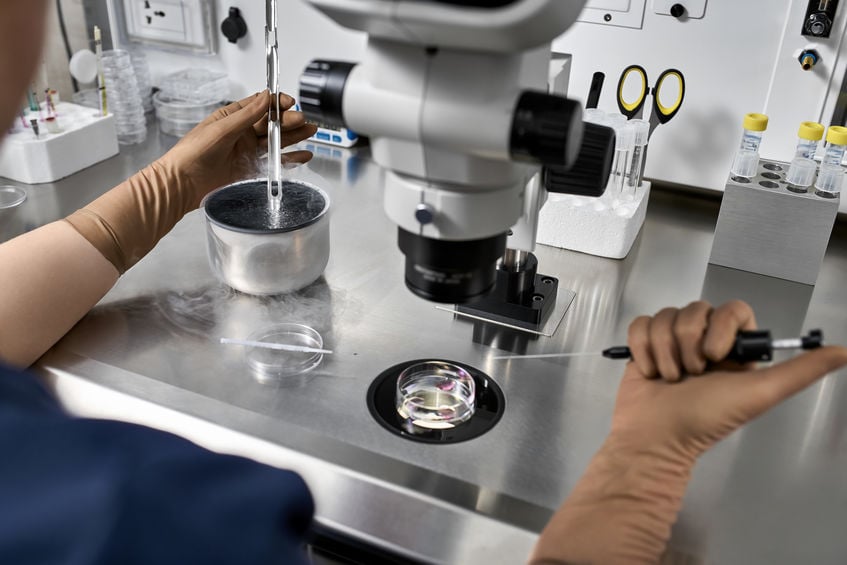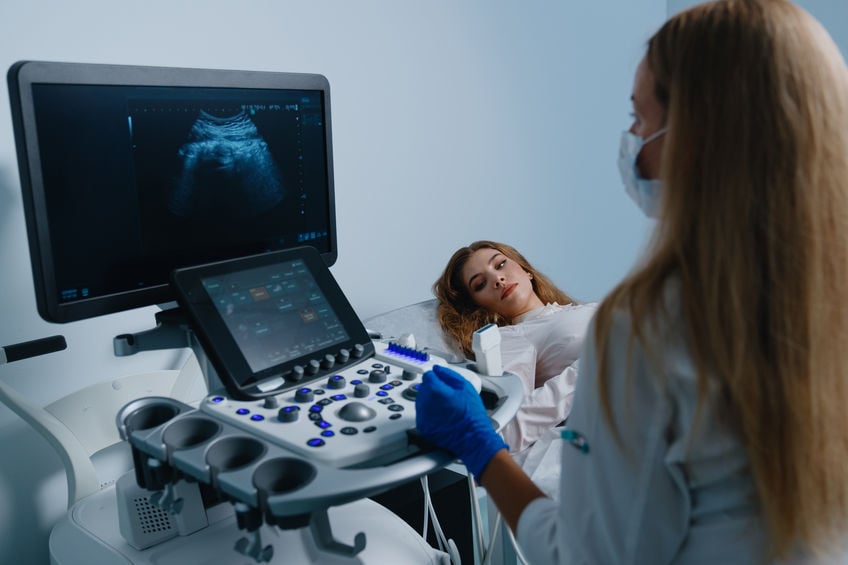Blocked Tubes Lower Pregnancy Chances
Statistics show that 11% of women are infertile, with causes ranging from hormonal to reduced ovarian reserves. For some women, the reason pregnancy has not occurred may be tubal infertility. This condition occurs when the fallopian tubes, responsible for transporting the embryo to the uterus, are obstructed. Tubes can be obstructed from scarring, infections, endometriosis, or fluid in the fallopian tubes, known as hydrosalpinx. For women with hydrosalpinx, there is hope thanks to fertility treatment.

Hijacked hopes for pregnancy
Hydrosalpinx occurs when 1 or both fallopian tubes become blocked with fluid. The fallopian tubes are responsible for transporting a fertilized egg to the uterus, and the liquid prevents this natural process from occurring. The fluid buildup may block sperm from reaching the egg or the embryo from moving to the uterus. Hydrosalpinx is often due to an untreated infection, like pelvic inflammatory disease (PID) or sexually transmitted infections (STIs) that produce fluid buildup. Other reasons include scar tissue from endometriosis, previous surgeries, or tumors. Hydrosalpinx not only prevents fertilization but can lead to issues like recurrent miscarriages or a dangerous complication known as ectopic pregnancy.
Symptoms and diagnoses
Some women can have hydrosalpinx without symptoms. The most significant indicator of an underlying issue is the inability to get pregnant. Other symptoms include pelvic pain, irregular periods, or vaginal discharge. If hydrosalpinx is suspected, a doctor or reproductive specialist uses ultrasound to confirm if there is fluid buildup in the fallopian tubes. Some doctors prefer hysterosalpingogram (HSG), an innovative test that uses the power of x-rays. With HSG, a harmless contact dye is passed through the woman's reproductive organs. If the dye fails to spill out of the tubes, there may be a blockage. In rare cases, surgical procedures, like laparoscopy, can help identify abnormalities in the fallopian tubes.
Treatment options for tubal infertility
The medical team can attempt different treatment options to clear the blockage of the fallopian tubes. Surgical intervention, such as laparoscopy, can also help drain the tubes via a tiny incision. The doctor may also recommend antibiotics or other treatments if an underlying issue, such as PID, is identified. Studies show that HSG can also clear minor blockages for some women. Removing 1 or both fallopian tubes can help in severe cases but will negatively impact fertility. Each treatment option has varying success rates, risks, and possible complications.
Can ART help move things along?
In many cases, the treatments mentioned may not be enough to reverse tubal infertility. Therefore, doctors will often recommend assisted reproductive technology (ART) to increase the chances of pregnancy. Procedures like in vitro fertilization (IVF) can circumvent hydrosalpinx. IVF extracts viable eggs directly from the ovaries. The eggs are fertilized with a sperm sample from a partner or donor to create embryos. A doctor then transfers a viable embryo to the uterus. In vitro fertilization ensures that tubal abnormalities do not disrupt the possibility of pregnancy. Studies show that treating tubal infertility and attempting IVF has a high success rate.
Clearing the path to pregnancy
Hydrosalpinx and other forms of tubal infertility can disrupt fertility. Women can try for months or years to get pregnant without success. A detailed review of reproductive health is essential to pinpoint conditions like hydrosalpinx. From there, both surgical and fertility treatments are effective options. Don't let blockages stop the dream of starting or growing a family.





